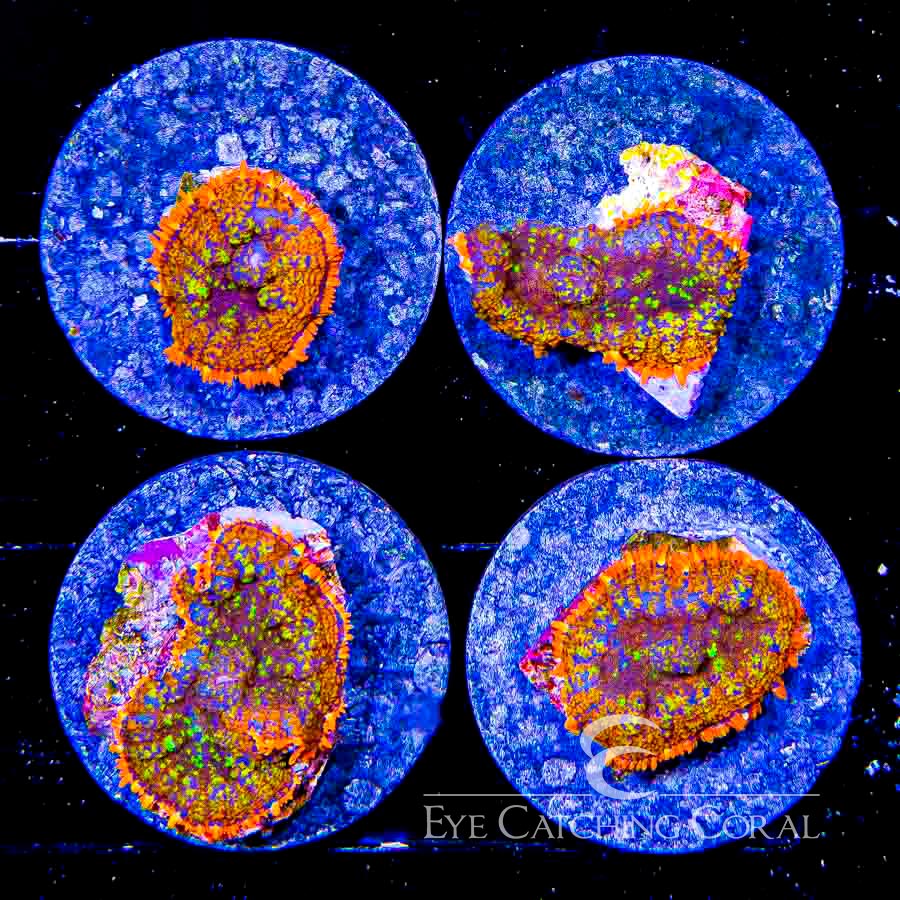
The results are of interest for studies of photoecology and for applications of coral reef optical remote sensing. Some specimens contained material with an emission spectrum identical to that of phycoerythrin (peak wavelength ≈ 575 nm).

The only source of fluorescence at wavelengths greater than 650 nm was chlorophyll in zooxanthellae. Emission maxima fell in the range of 480 to 590 nm. There was no correlation between the spectral shape and the relative fluorescence intensity observed under illumination by ultraviolet light (UV-A, emission maximum ≈ 360 nm). Emission spectra measured from separate specimens of a single species exhibited clear differences in some cases. This habit of spreading works very well for us aquarists in the main, as it means we can provide an organism with bare rock and, after a period of time, the rock becomes a colorful and attractive. A sorting of specimens by similarity in spectral shape resulted in groupings containing members of different species. Like any other organism following a growth pattern that involves covering the substrate, mushroom corals can potentially encroach on other organisms.

Fluorescence emission spectra (excitation wavelength 365 or 405 nm) were measured for sources in the host tissues. In this study samples of a variety of Caribbean cnidarian species were selected based on their in situ responses to daylight and/or UV-A illumination. In past studies specimens were selected for investigation based on their apparent fluorescence under either daylight or ultraviolet (UV-A or UV-B) illumination, thereby missing relationships between the 2 effects.

Fluorescence effects in cnidarian host tissues have been investigated only sporadically and have largely been described qualitatively.


 0 kommentar(er)
0 kommentar(er)
